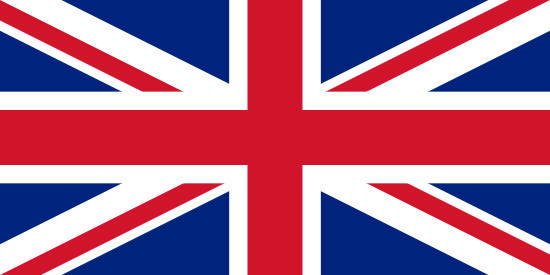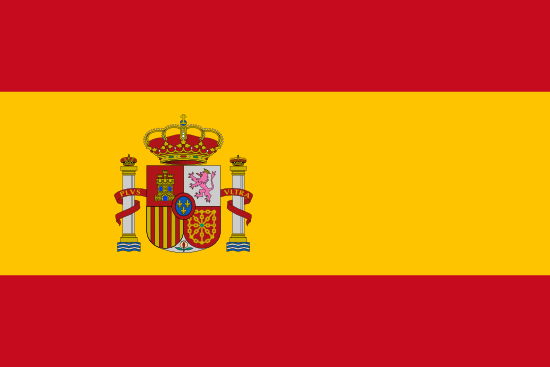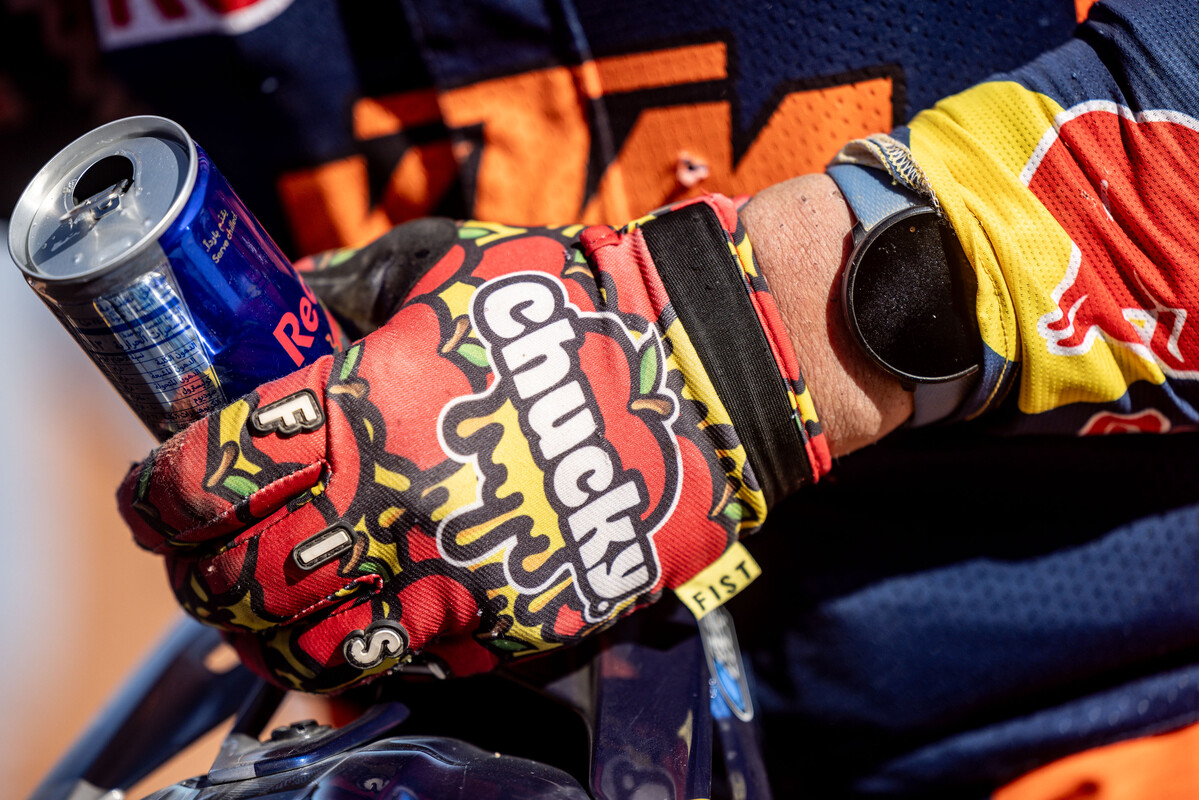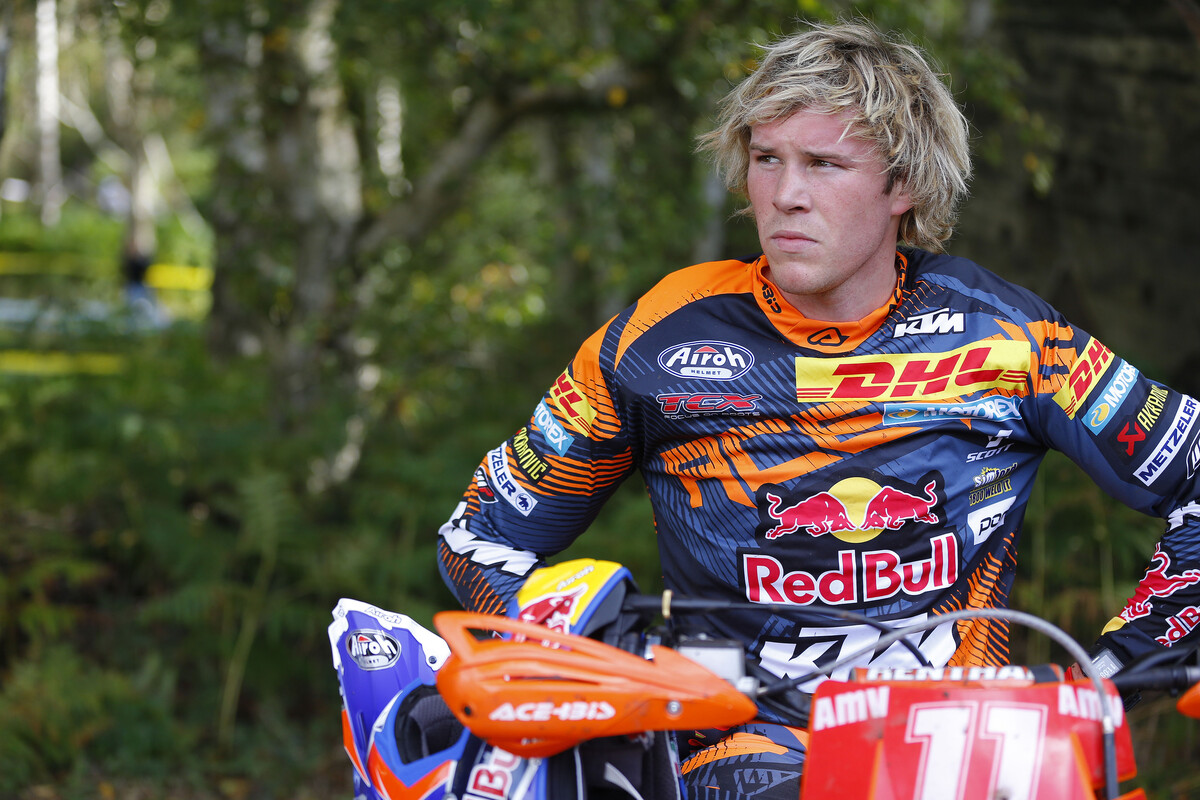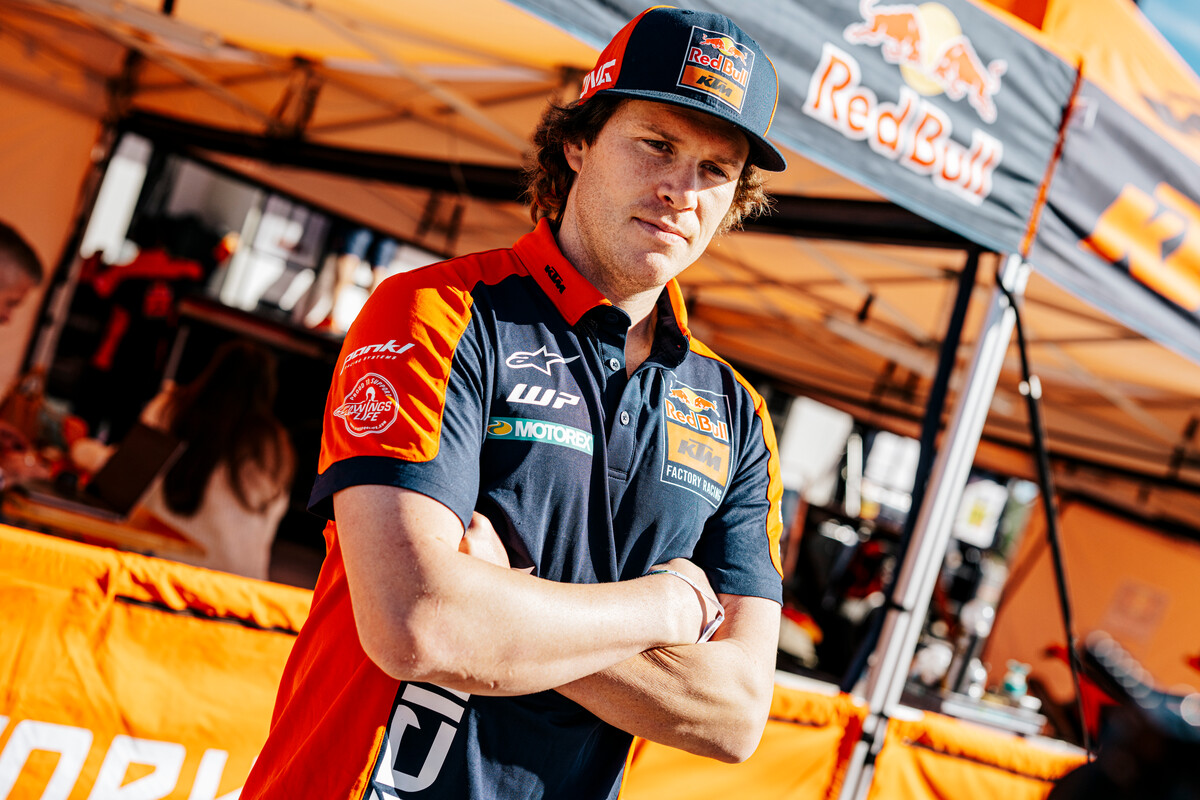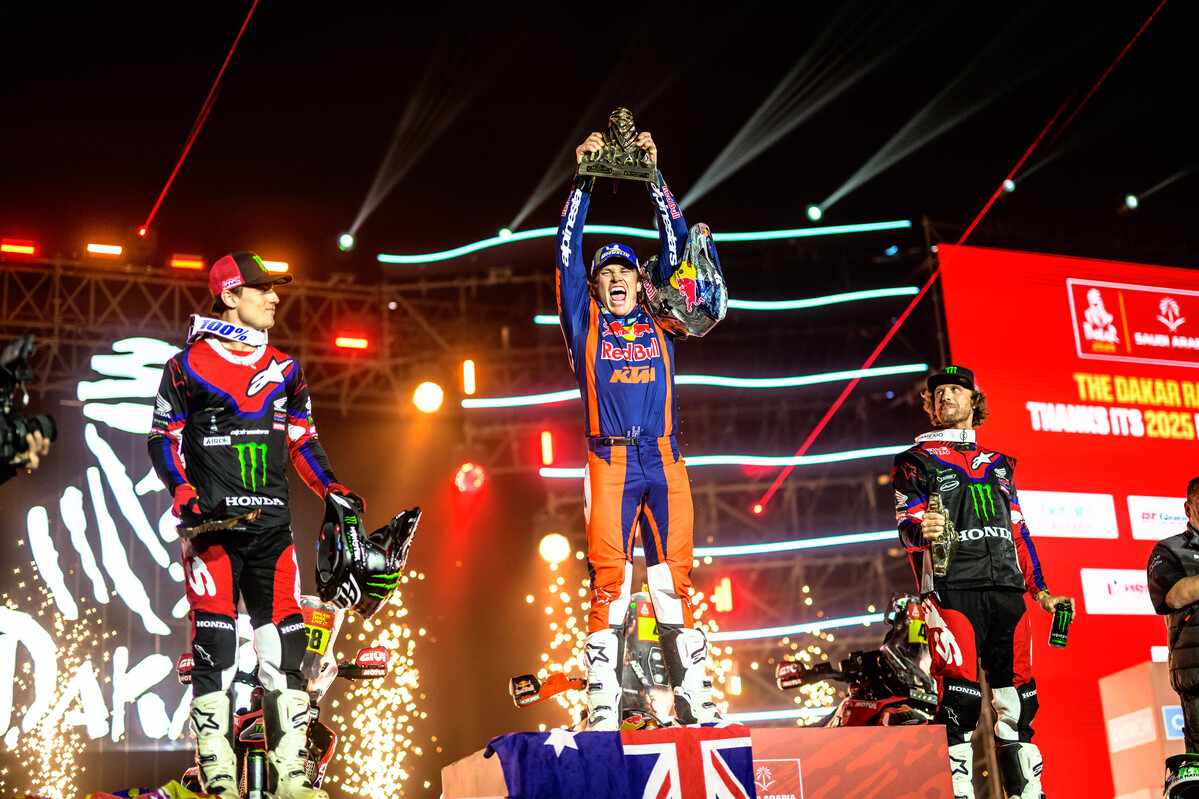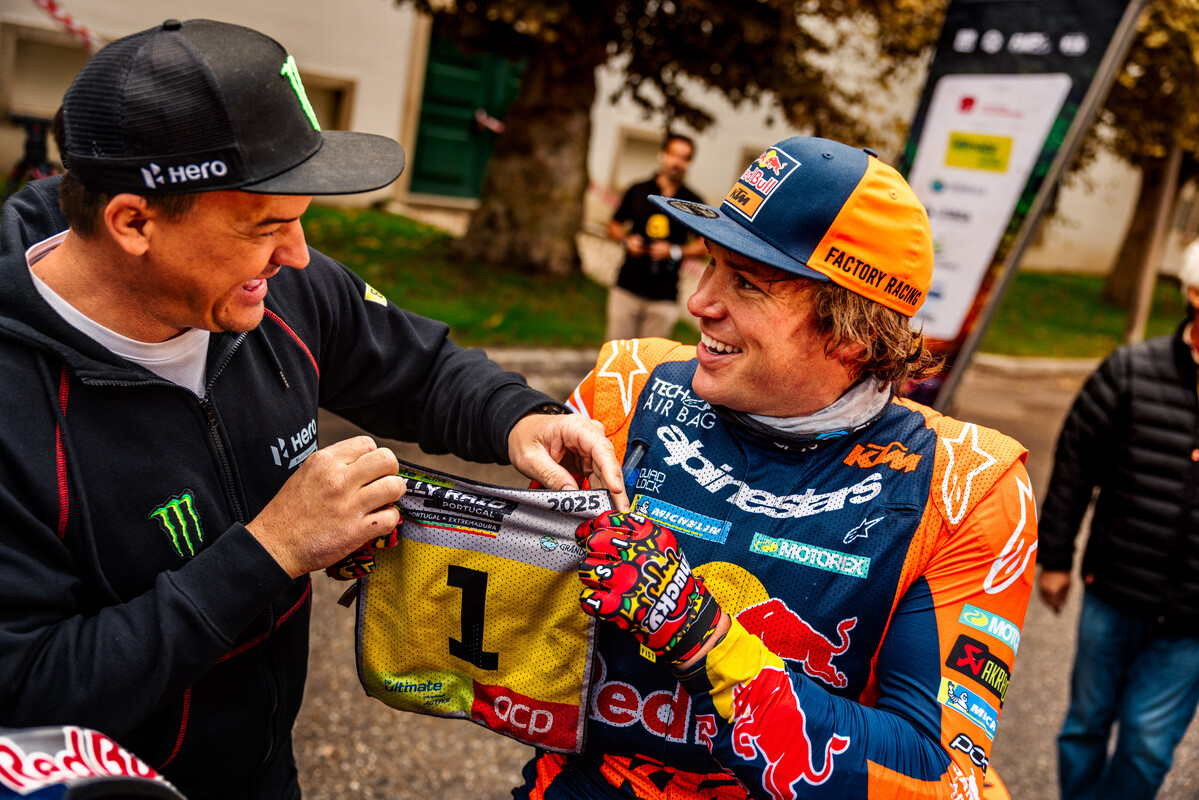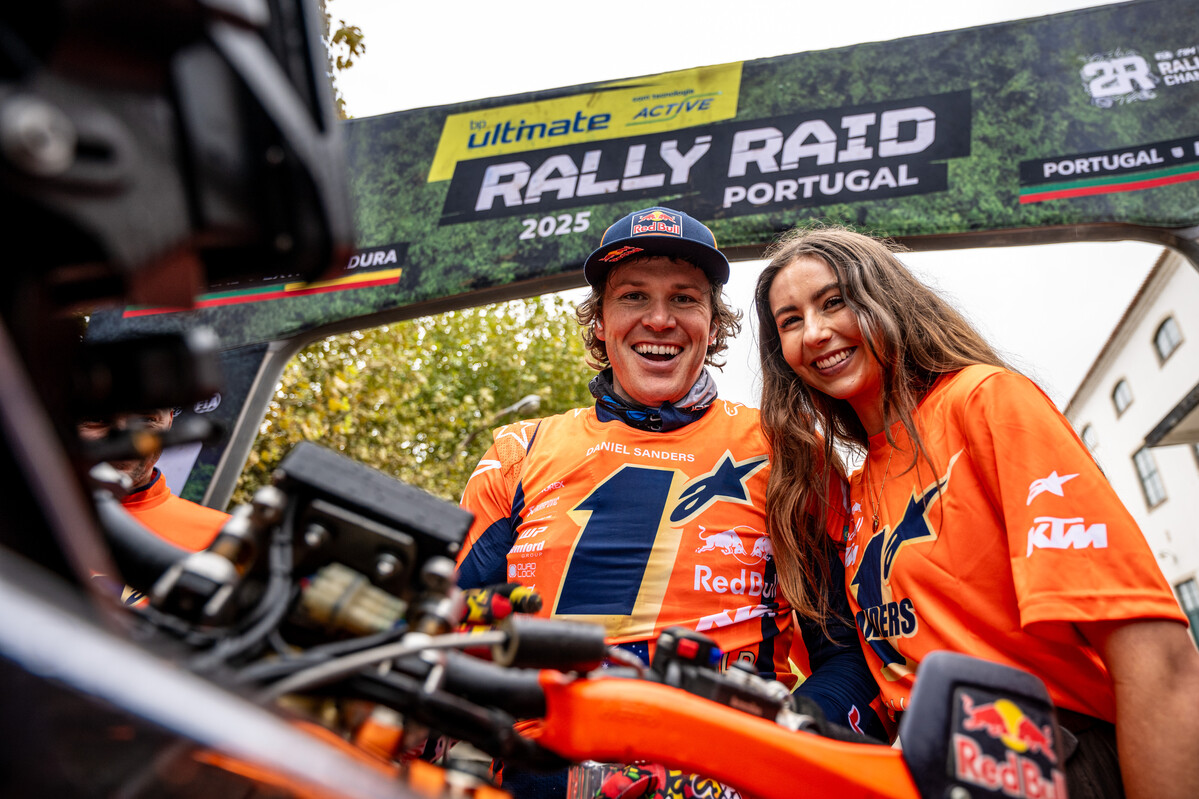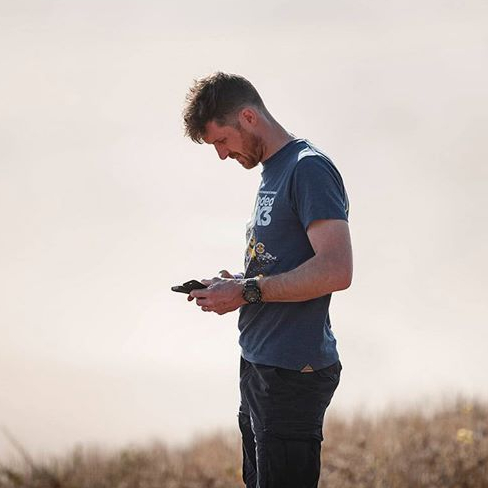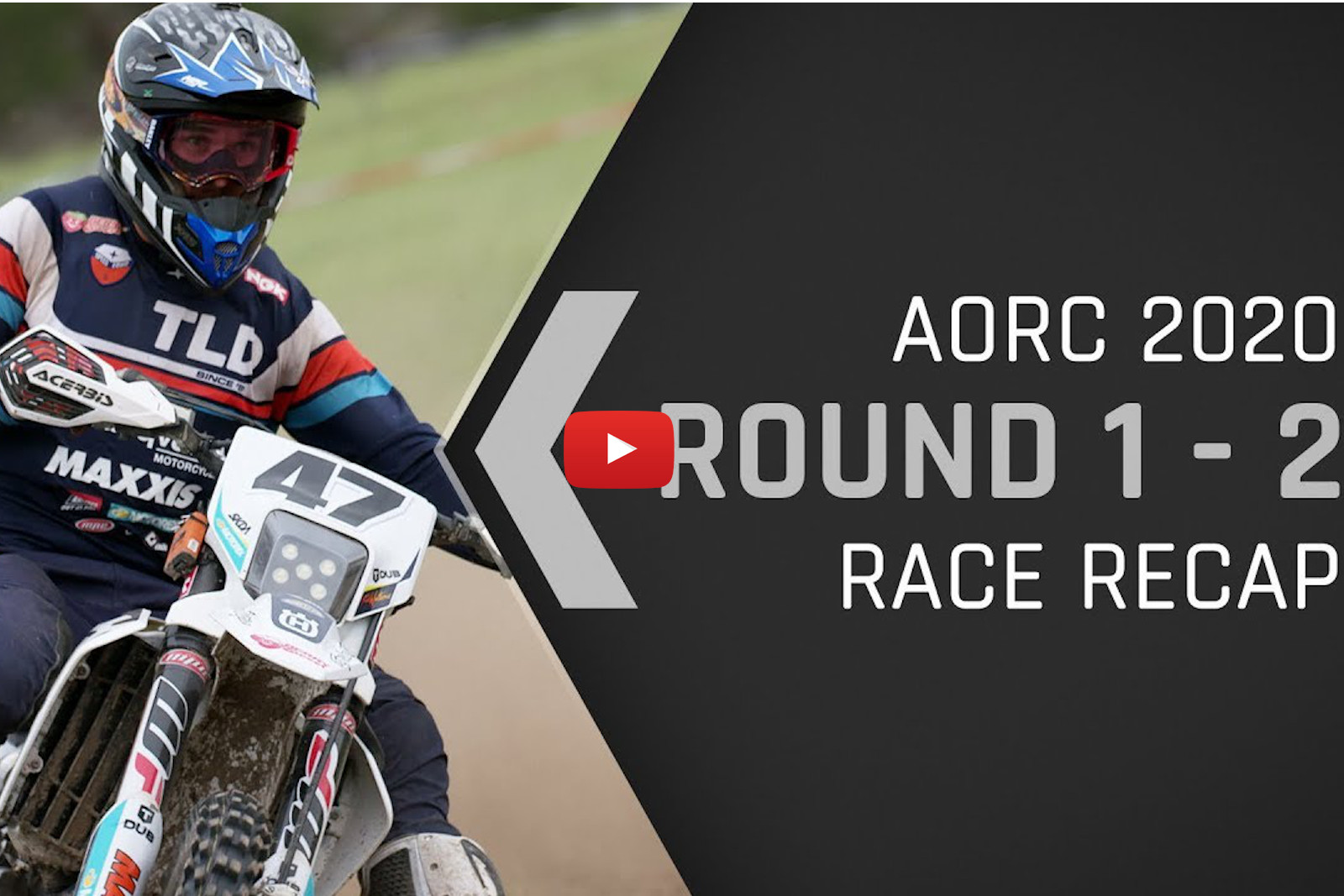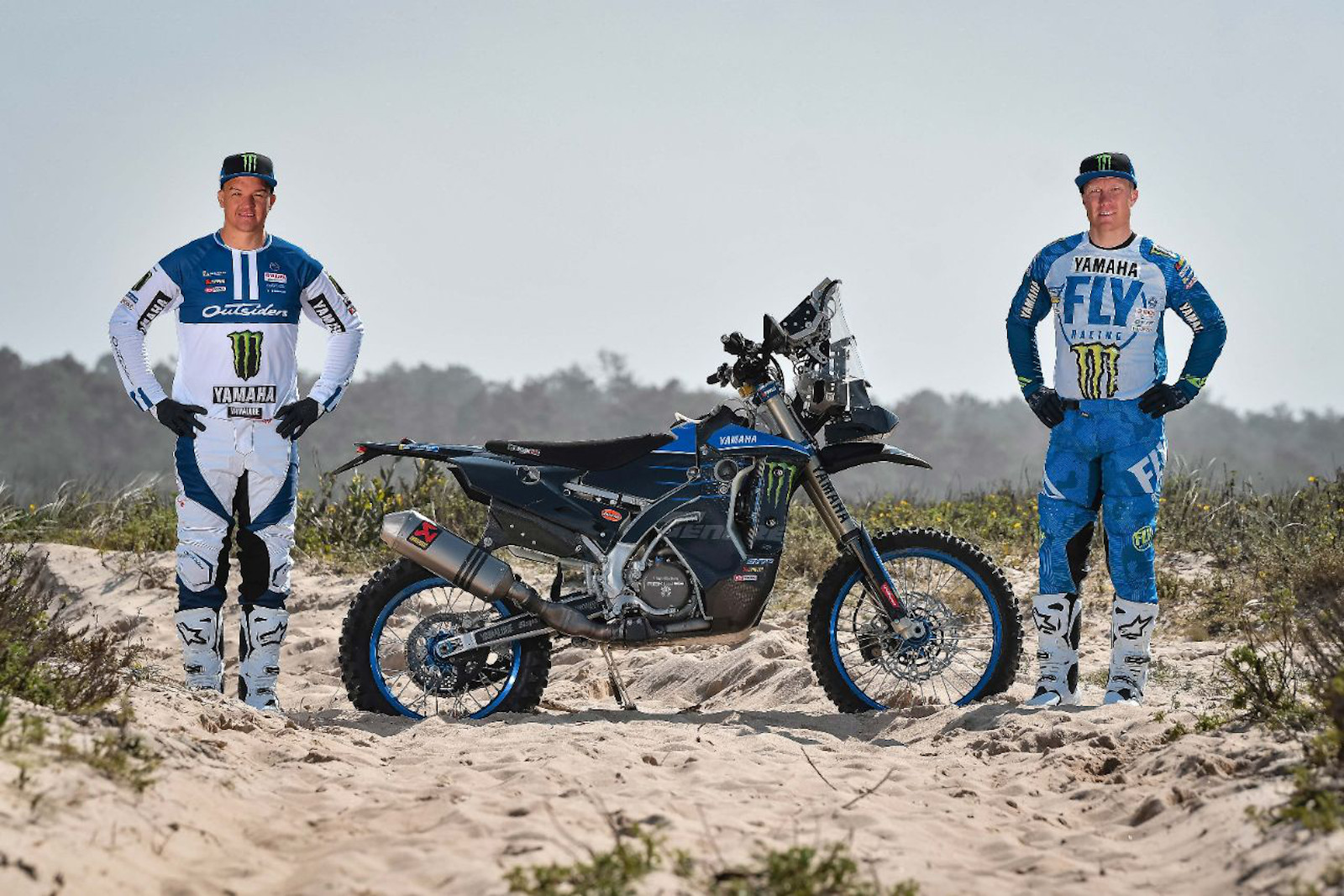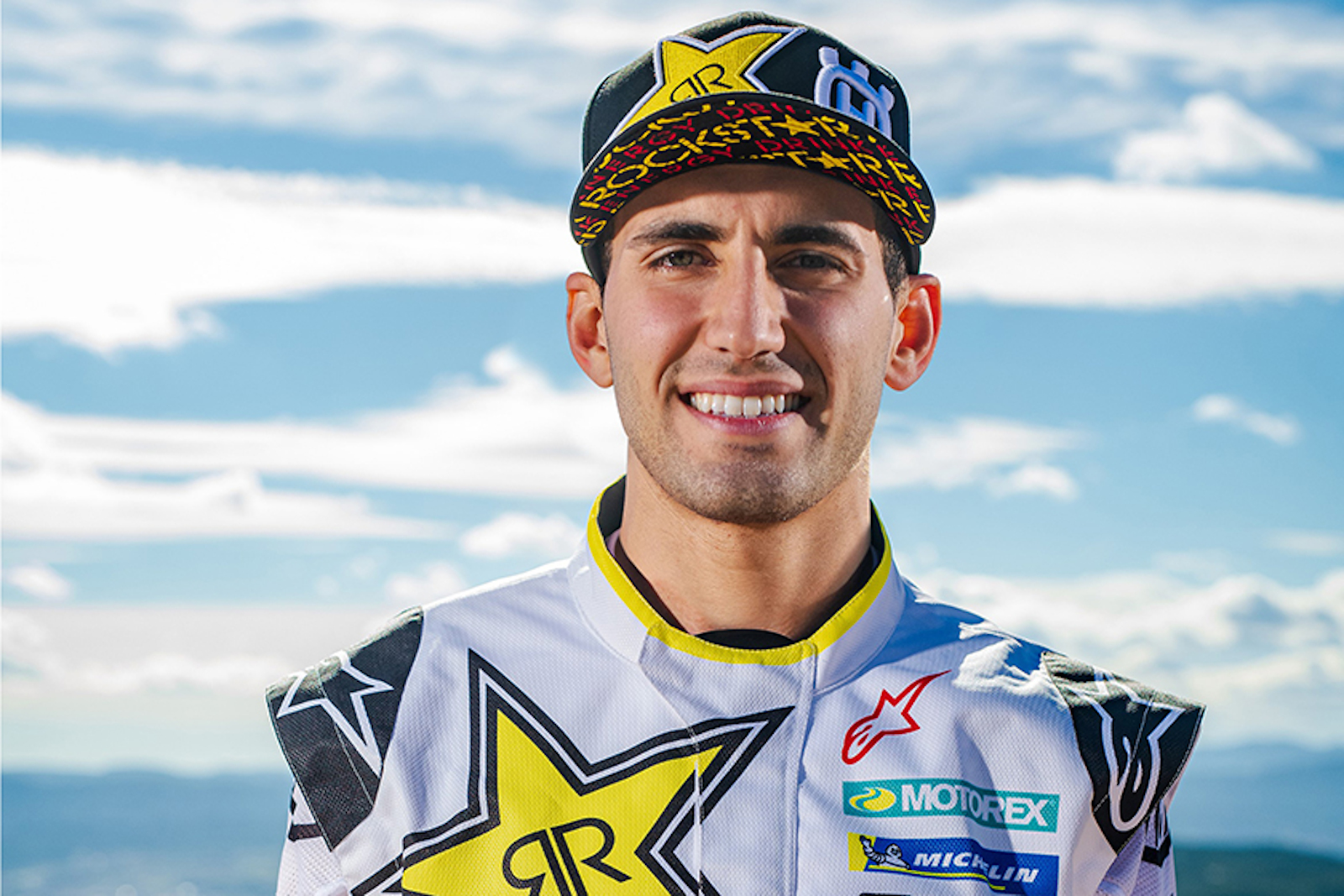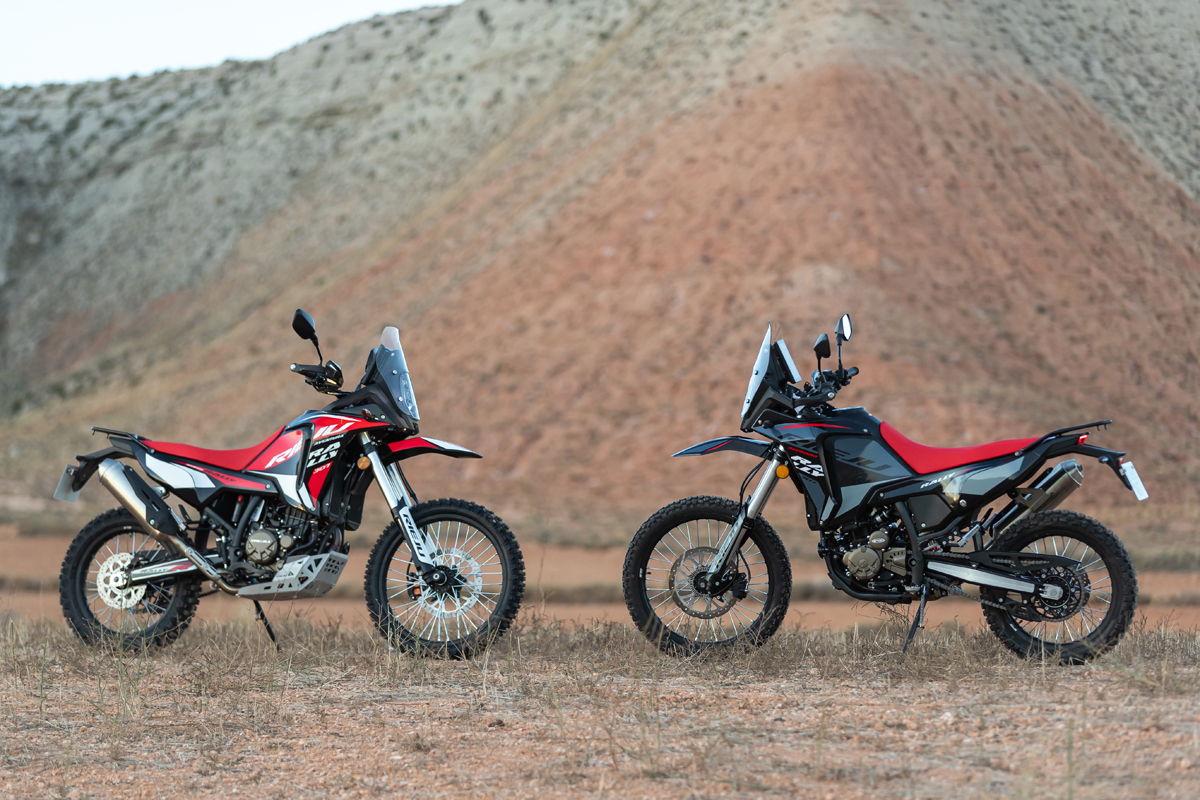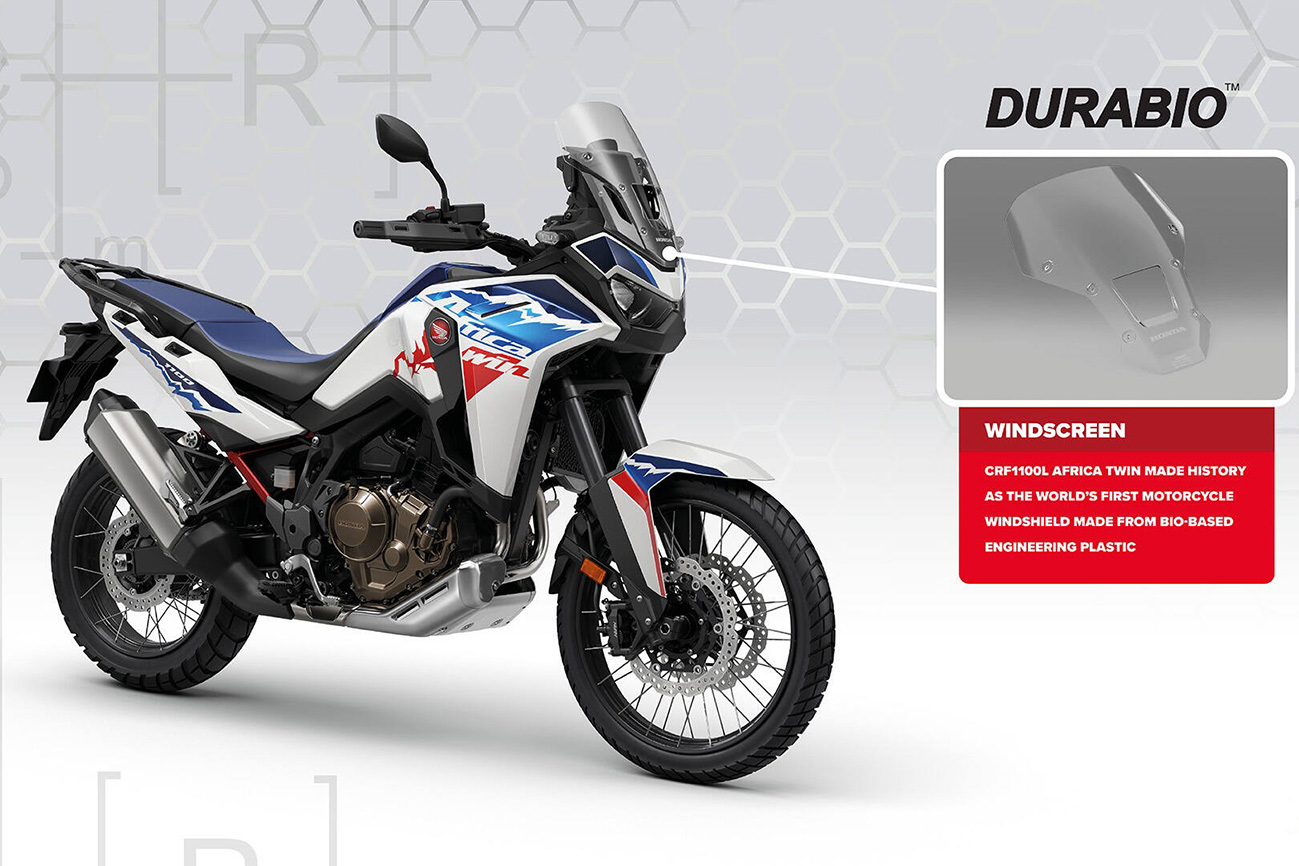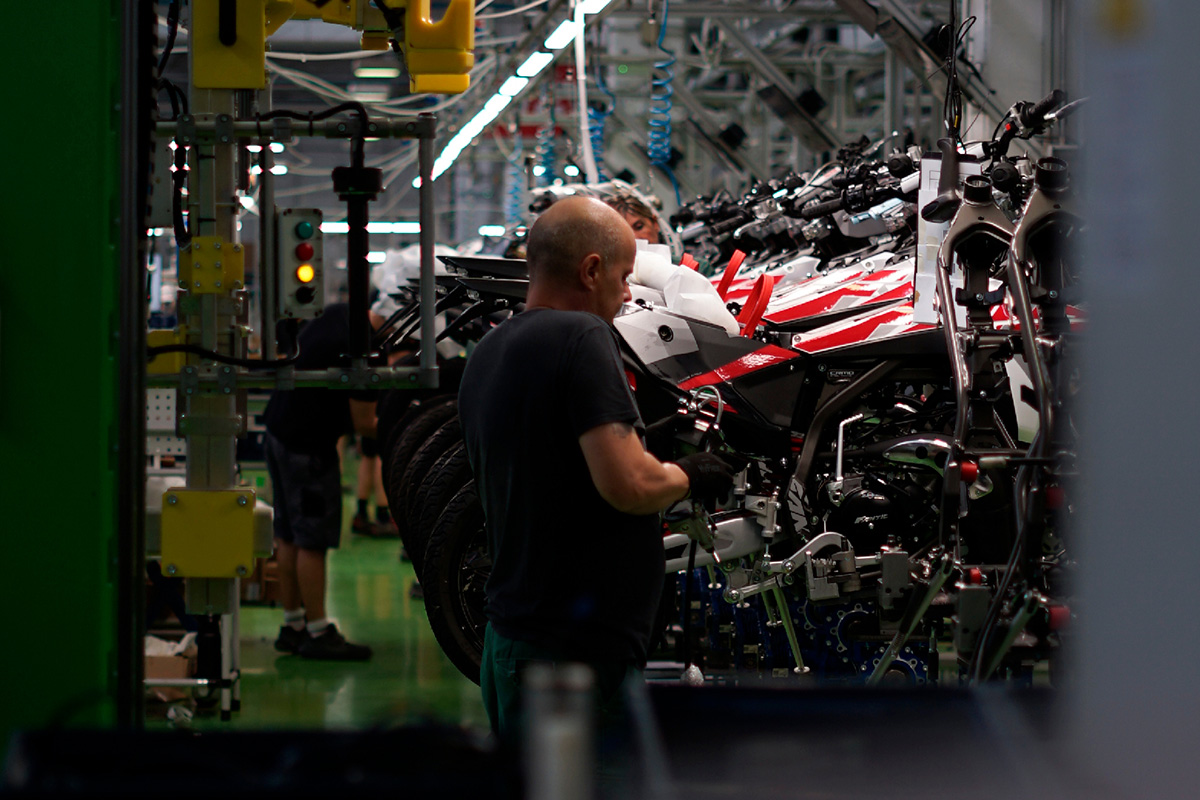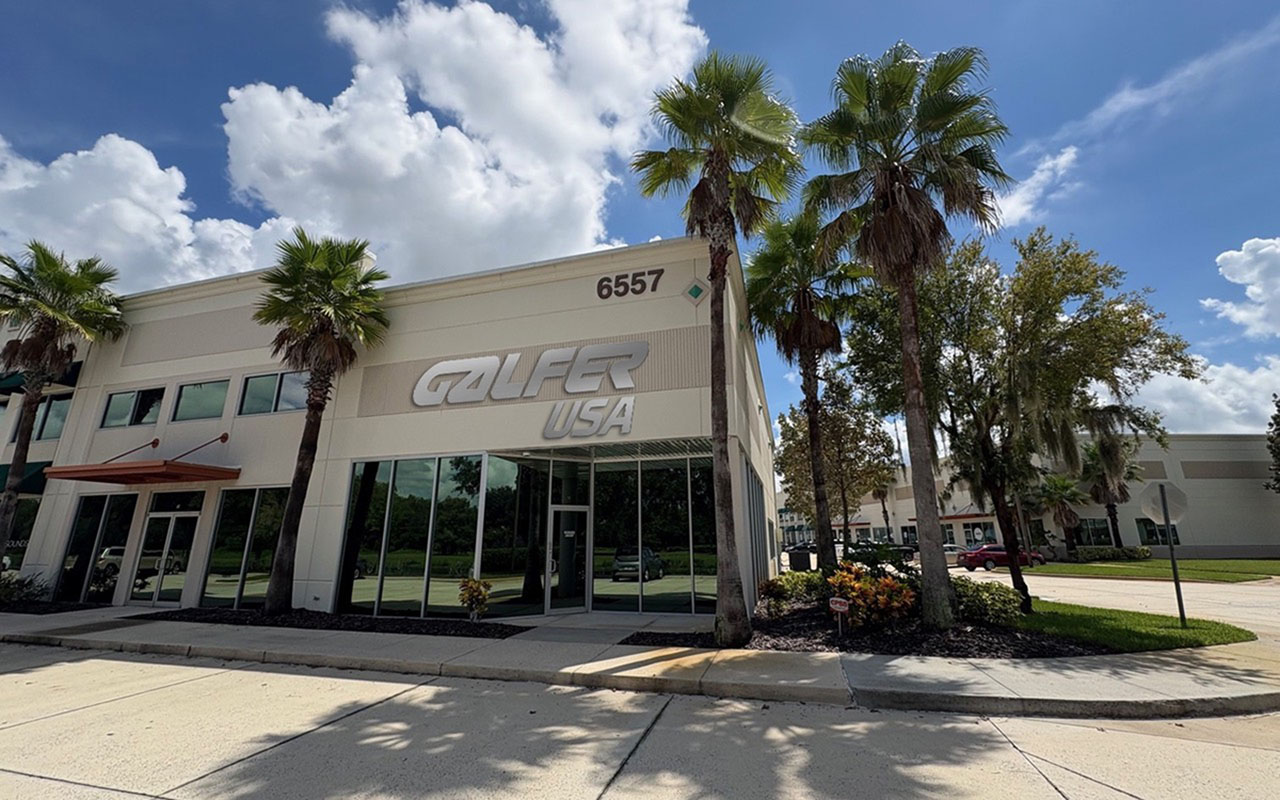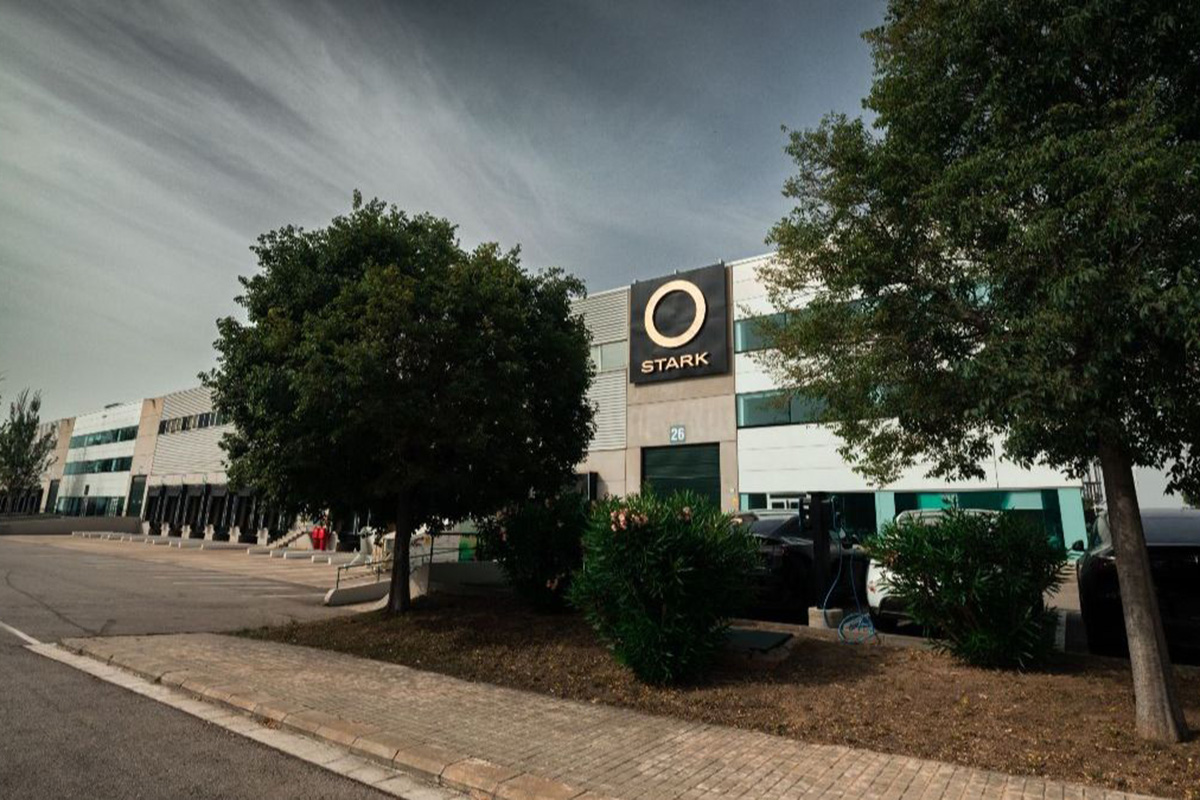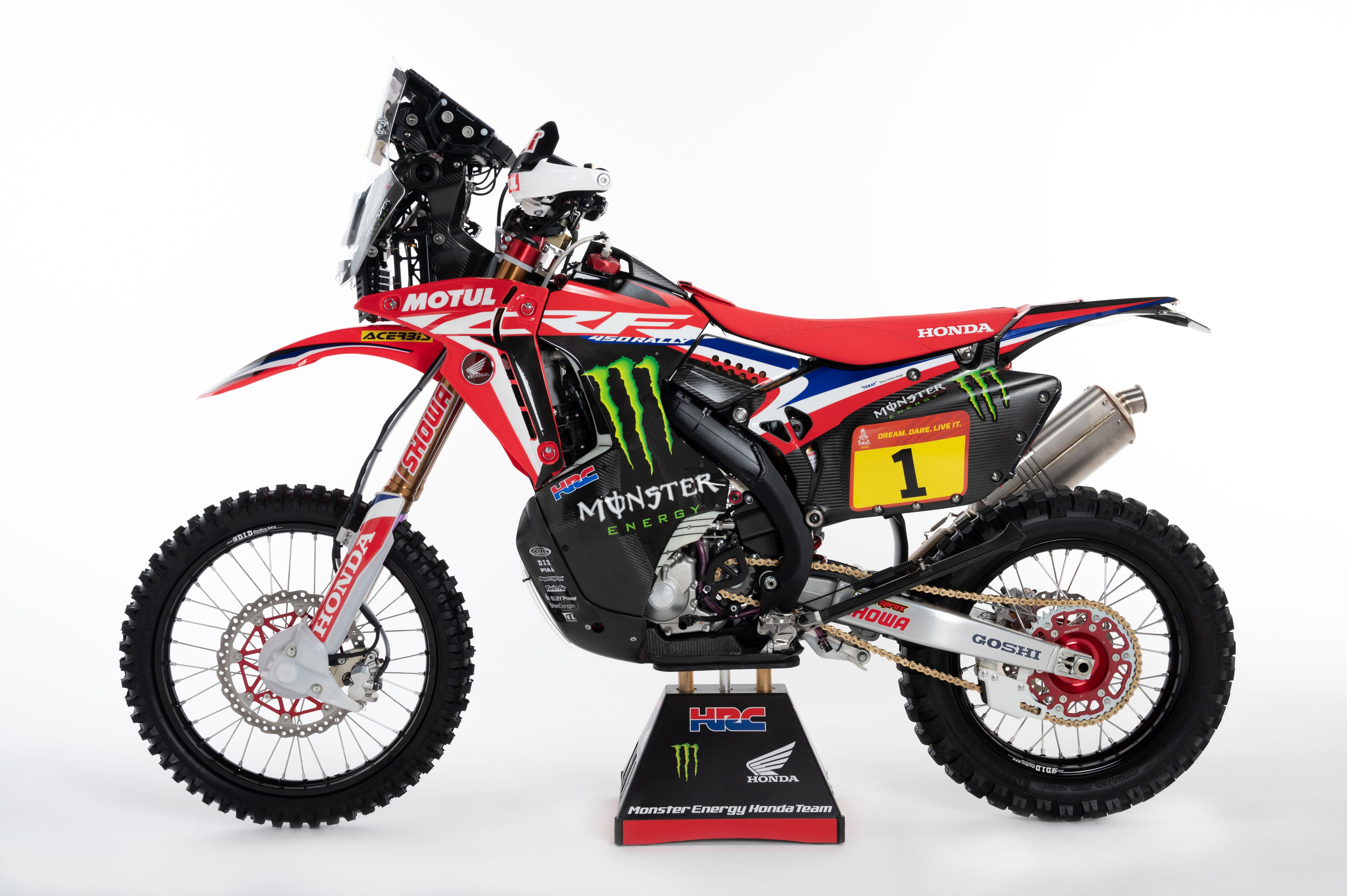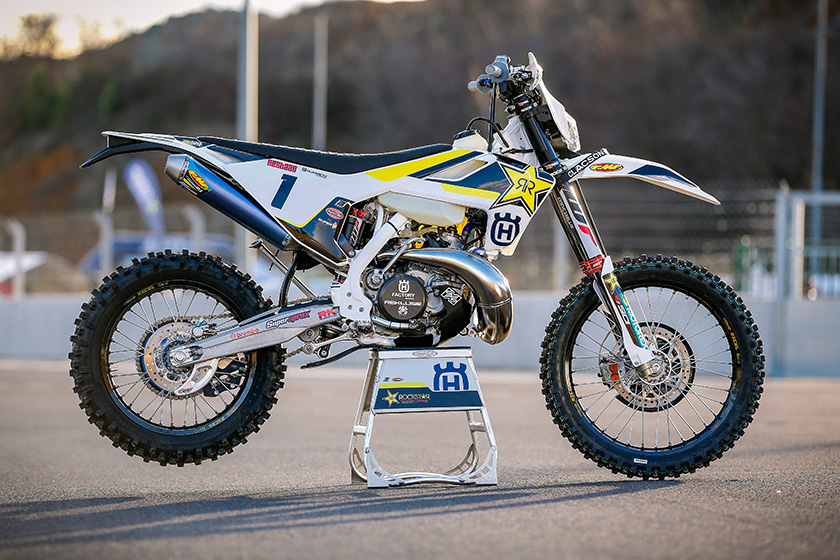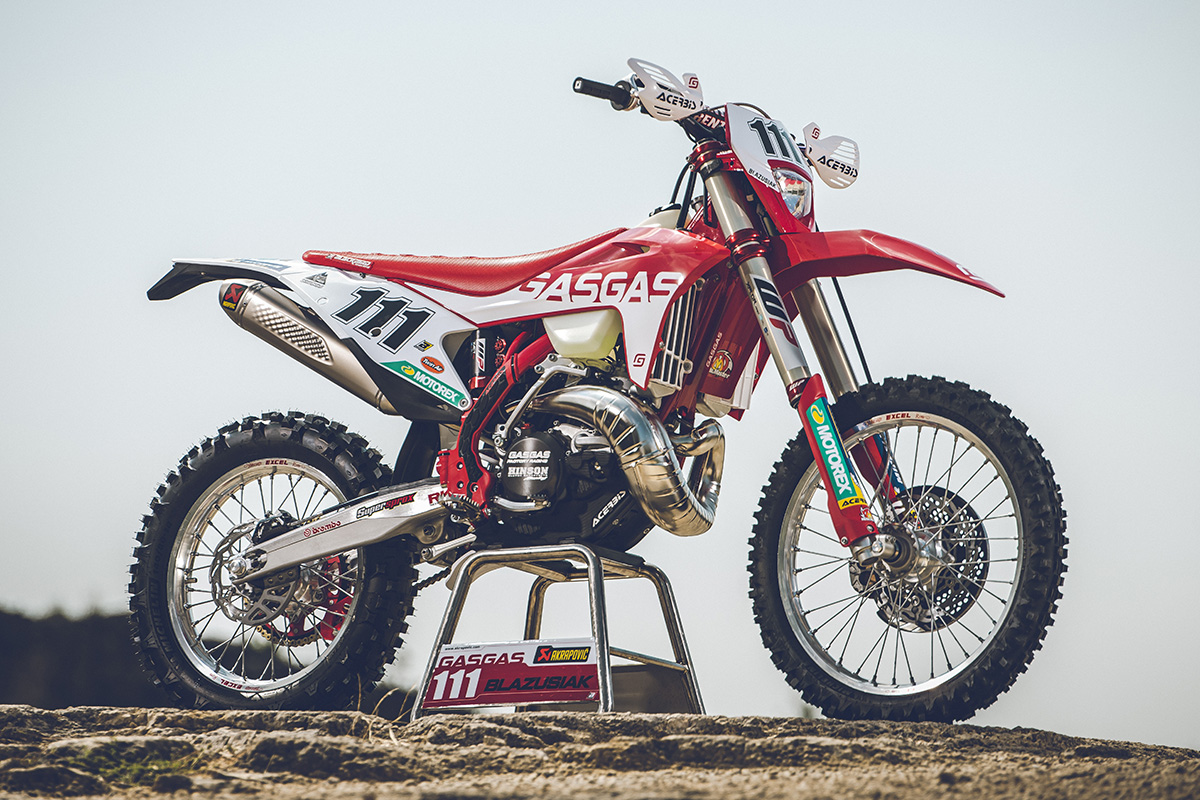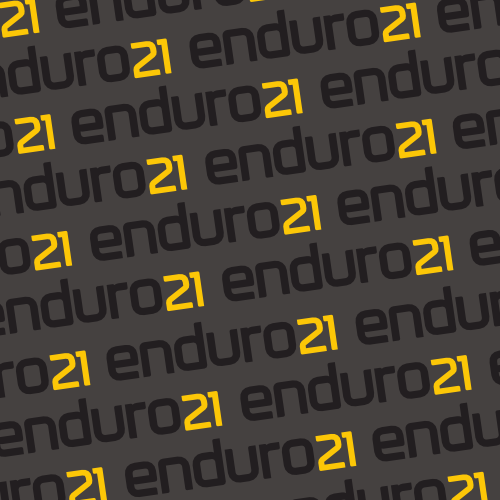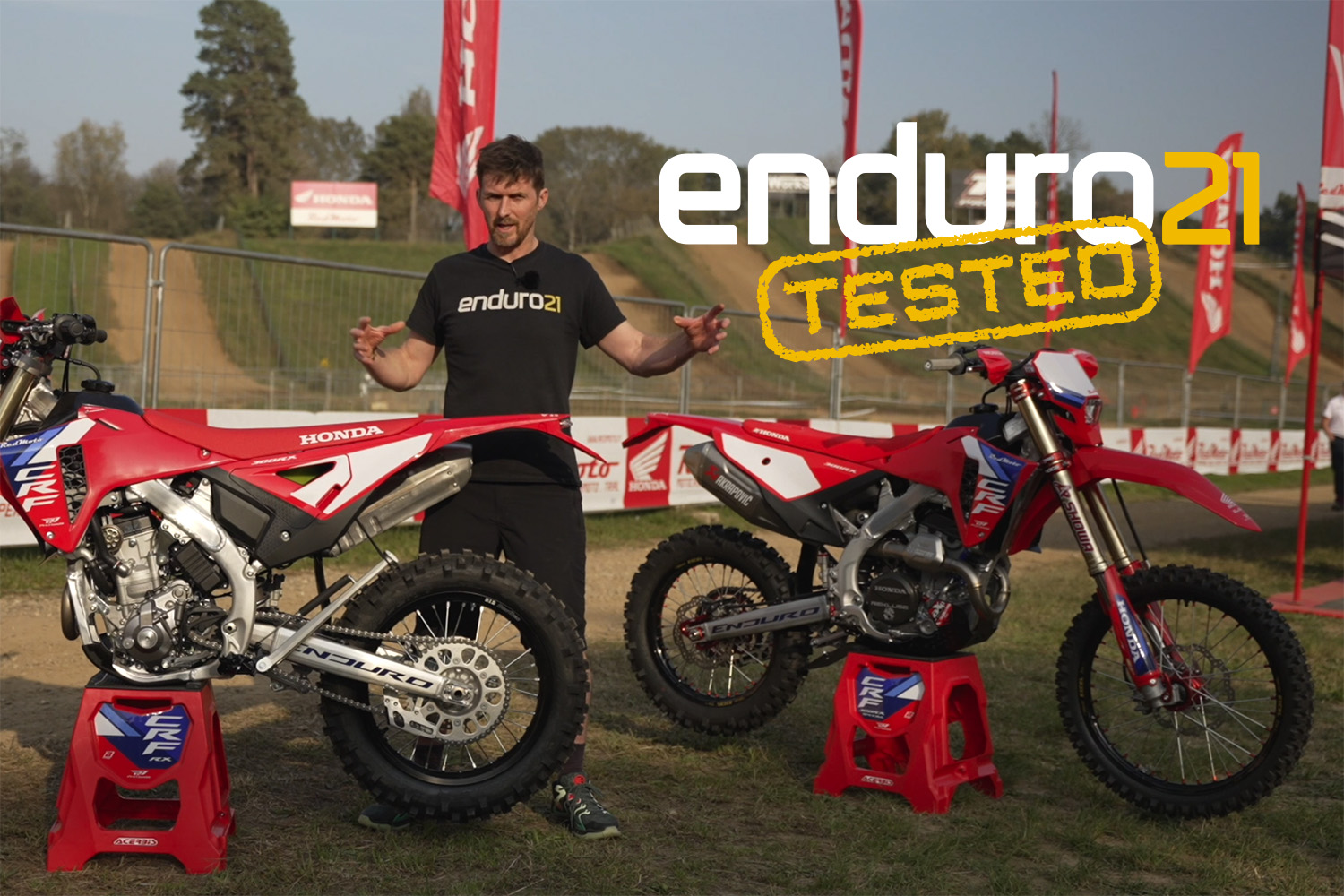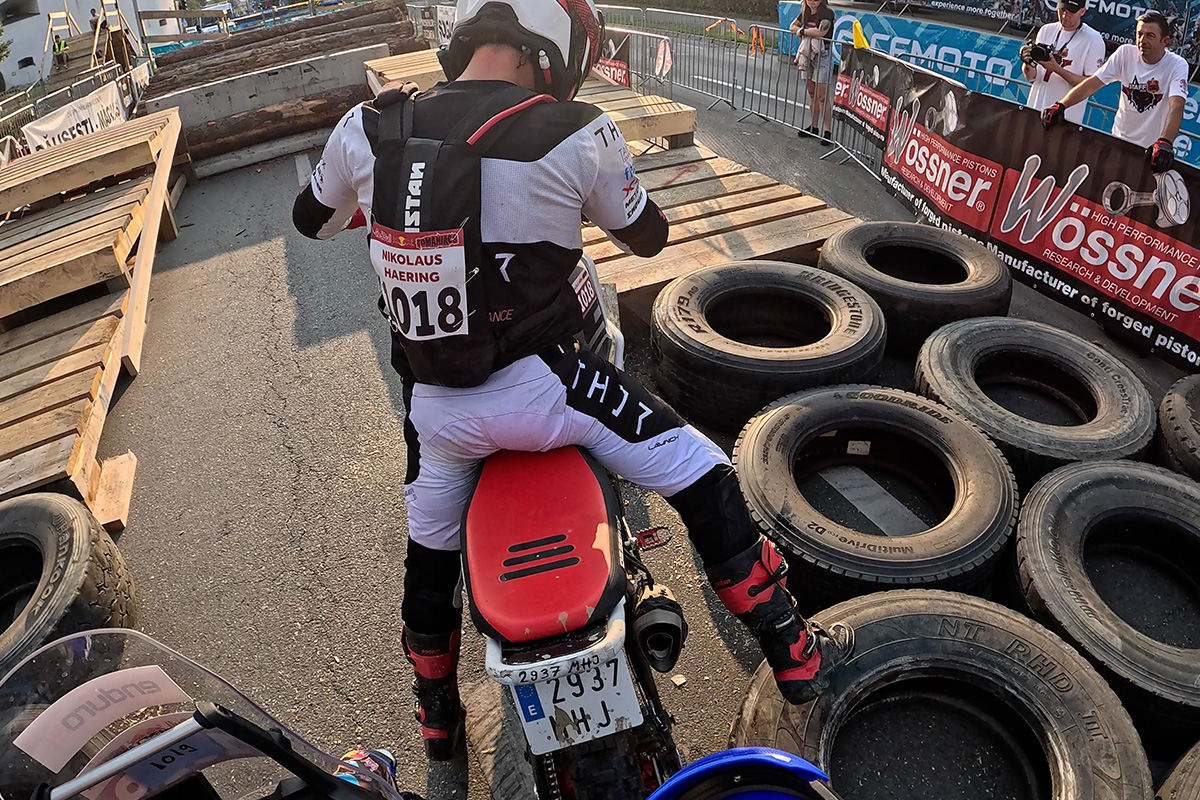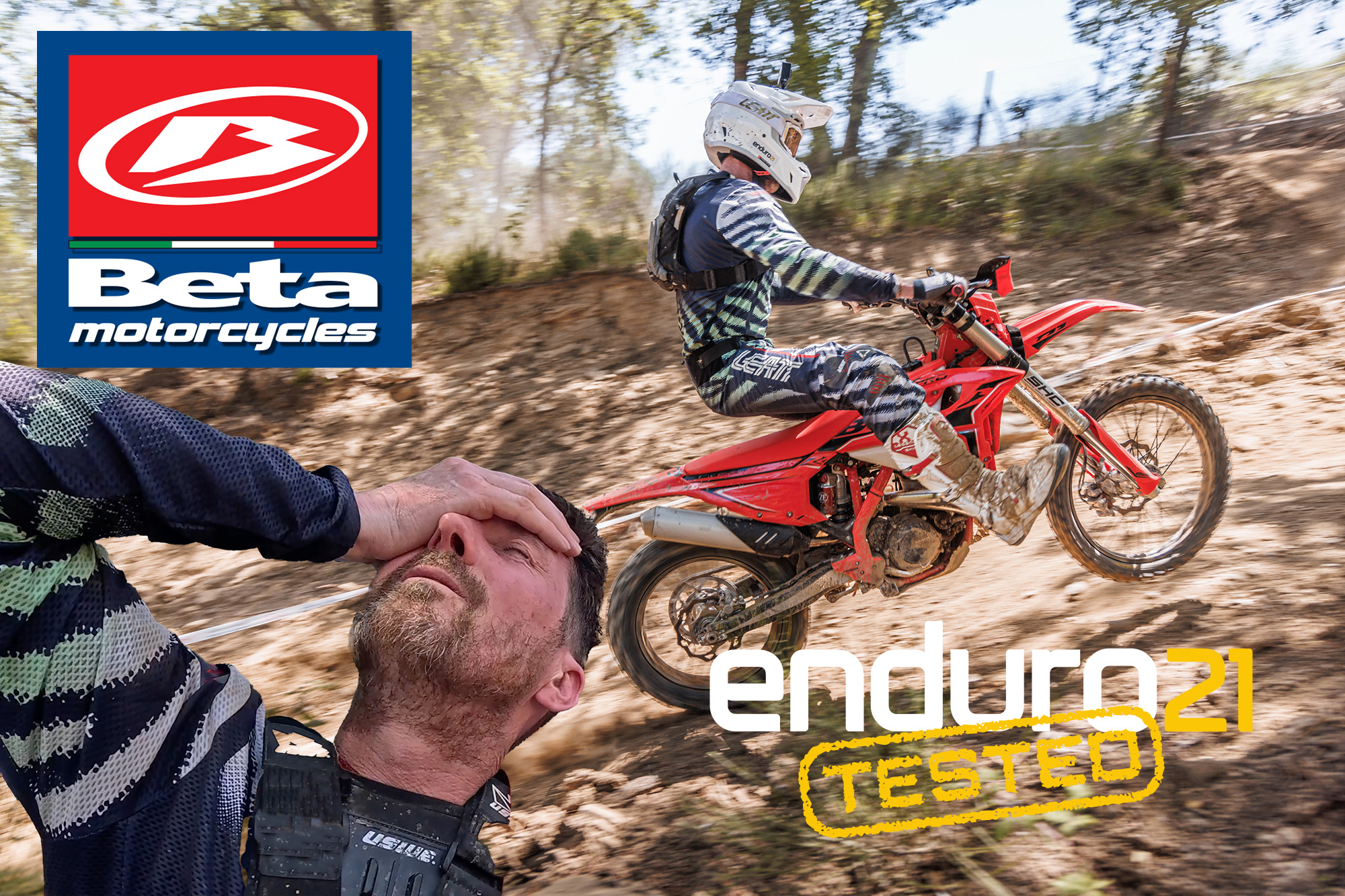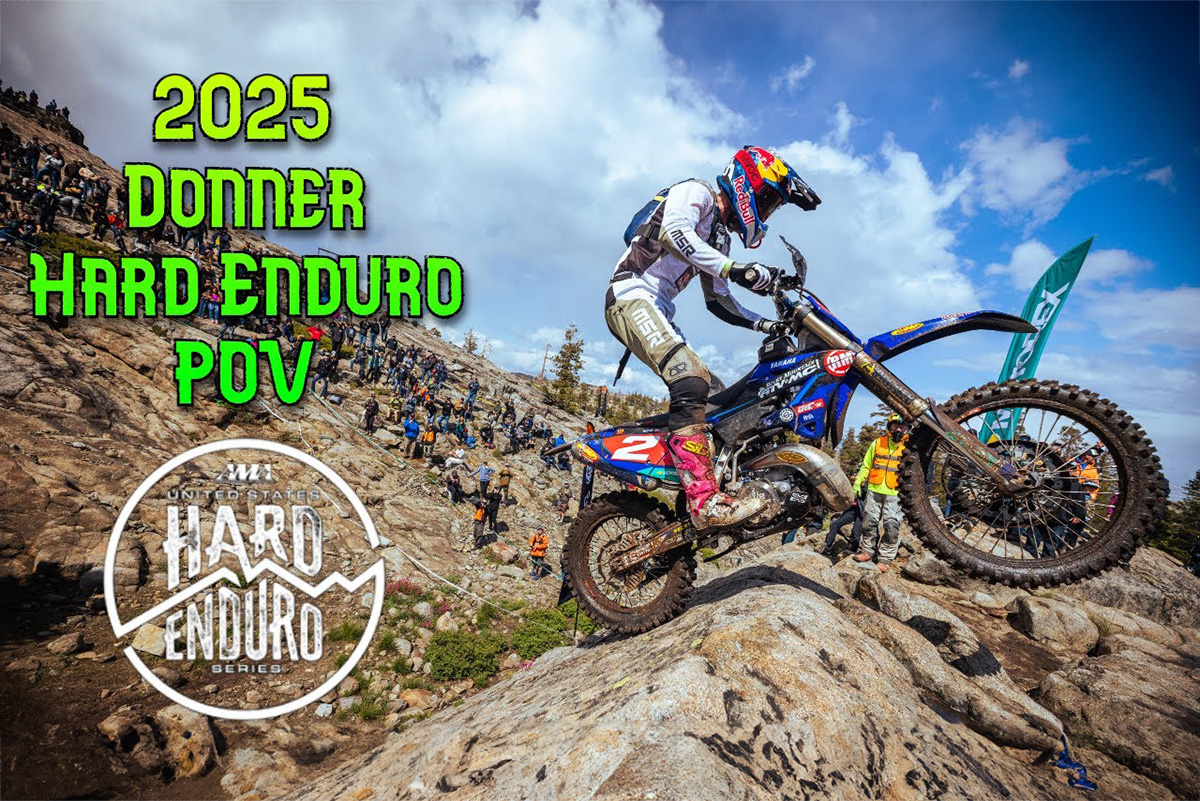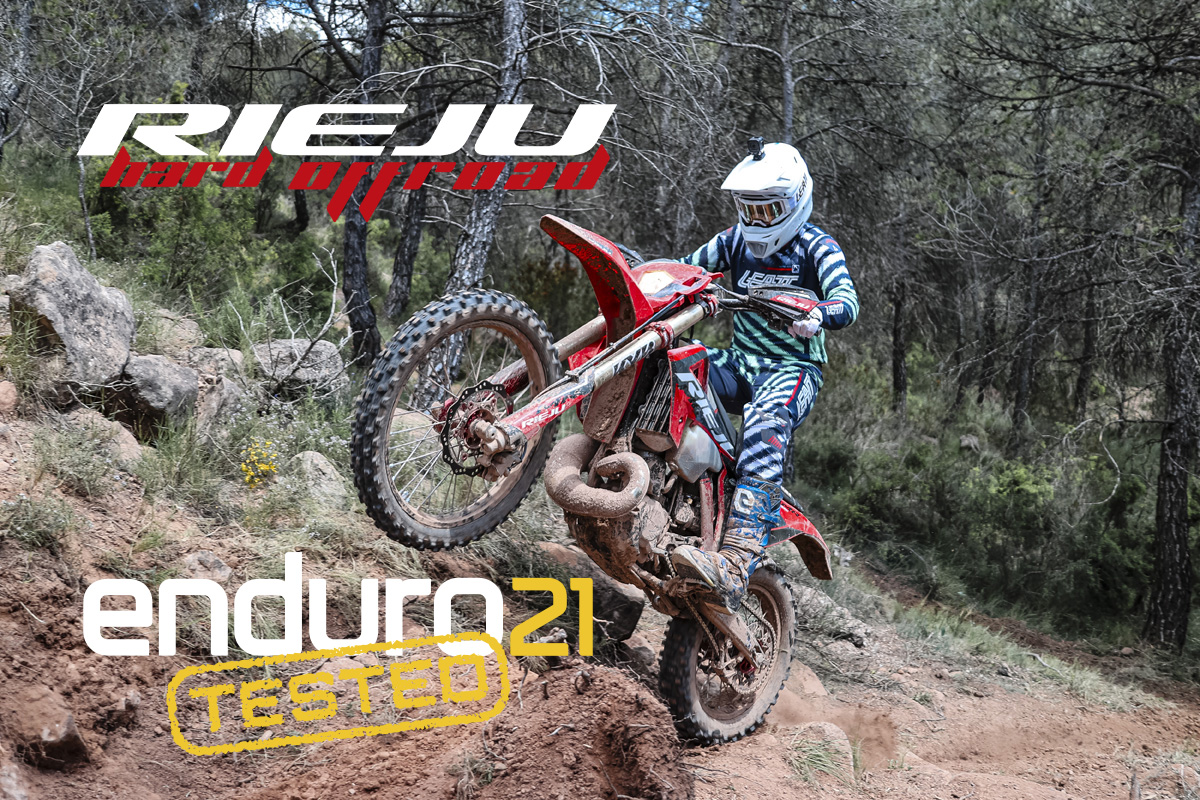Interview: Daniel Sanders “I want to be the guy who changed rally”
Enduro21 catches up with Daniel Sanders, the newly crowned 2025 FIM World Rally-Raid Champion and Dakar winner who’s changing the sport and spearheading a huge turn around in the Red Bull KTM Rally Team.
It feels like a bloody long time ago that a fresh-faced Aussie with his golden locks arrived on the world stage in the mid-2010s. Clocking ISDE world trophies and class wins including both E3 on the 300 two-strokes and eventually taking the outright victory on the big thumper 500 Husky, Daniel Sanders basically made people take notice of him.
Like a lot of riders outside the hub of central Europe and the UK, the contrast of the world championship versus where they’ve come from meant his spell in the World Enduro Championship didn’t last.
Regrouping back in Oz, Chucky stepped back up with Australian Enduro and Aussie classic desert race titles, plus a dominant period for the Oz ISDE Men’s Trophy team and that outright victory at ISDE 2019.
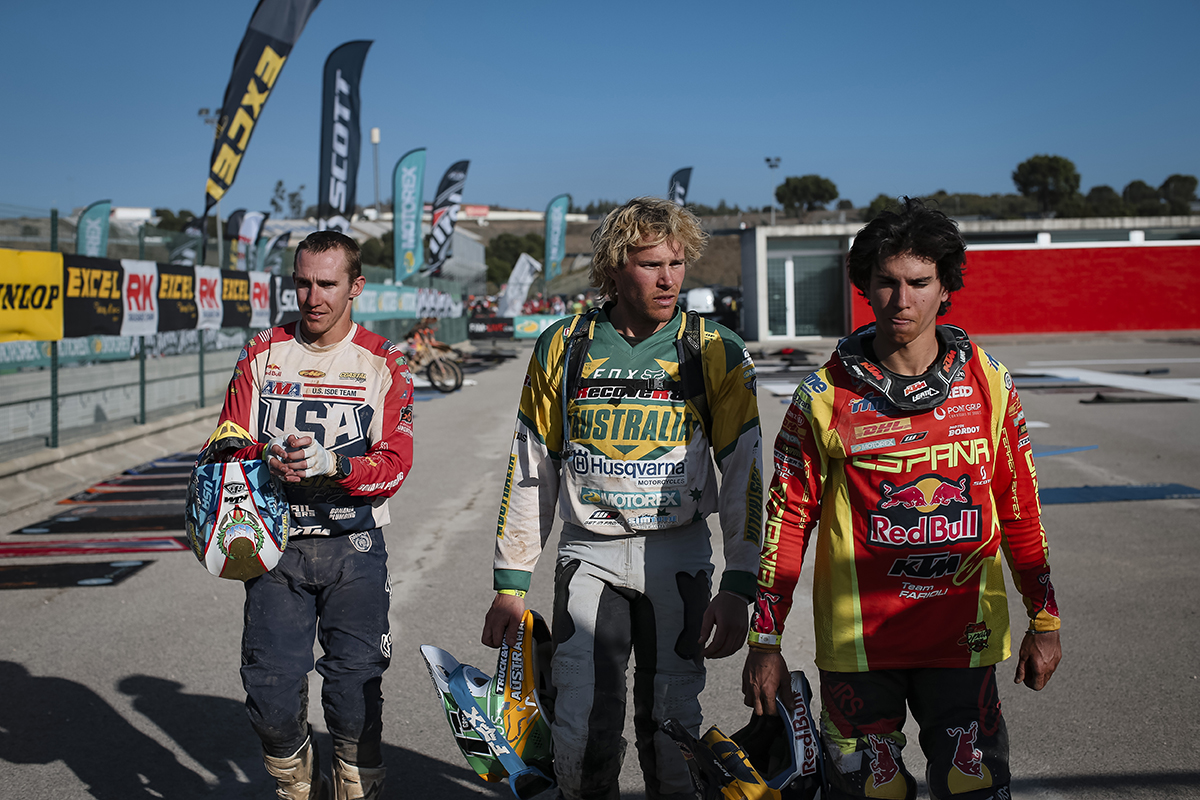
Covid quickly followed the wide-open tests in Portugal (plus Chile the previous year) where his mastery of a big 500 Husky had re-ignited interest from the KTM “group” race department who handed over a 450 Rally for a rookie season in 2020.
Sanders has since come a long way in a short time in rally. Going under the wing of some serious heavy weights and multi-Dakar winners, like Toby Price, Sam Sunderland and Kevin Benavides, Sanders established himself as a potential stage and race winner quickly.
Two serious injuries (elbow and leg) didn’t help his progress until the end of 2024 and the 2025 FIM World Rally-Raid Championship season which he has quite simply walked away with it, winning every race including the Dakar and taking the FIM world title.
Enduro21 caught up with Chucky to get a handle rally riding life, switching from enduro and what has caused this unrivalled run of stage and race wins leading up to the 2025 FIM World Rally-Raid Championship crown.
Daniel, it’s been a while, we don’t get to the rallies enough, but it looks like things aren’t going too badly, hey?
Daniel Sanders: “Yeah, it’s going alright [cue trademark Chucky smile]. I’m not broken is one thing, but we just worked hard and worked on the bike, learned the discipline of rally and everything is going to plan.”
Tell us a bit about that bike development because it looks like you have clicked with it.
“I guess we designed the bike to what we needed it to be basically. There was a lot of development that went in the wrong direction, and with wrong rider feedback and we just turned it around and went in the right direction.
“Last year some of the older guys stepped away and the team went smaller and it sort of narrowed down to me because my teammates at the time were injured and I pretty much got to design the bike I wanted to.
“That’s probably the best thing to be honest, we had a seven-rider team before and now there’s three and in KTM motor sport department they flicked a switch, saw of results of the year before at Dakar in ‘24 [Honda took the win], and said we gotta turn this thing around.
And that’s what happened, you know, we had that whole year or eight months working on a whole new and updating parts on the bikes and we worked hard.”
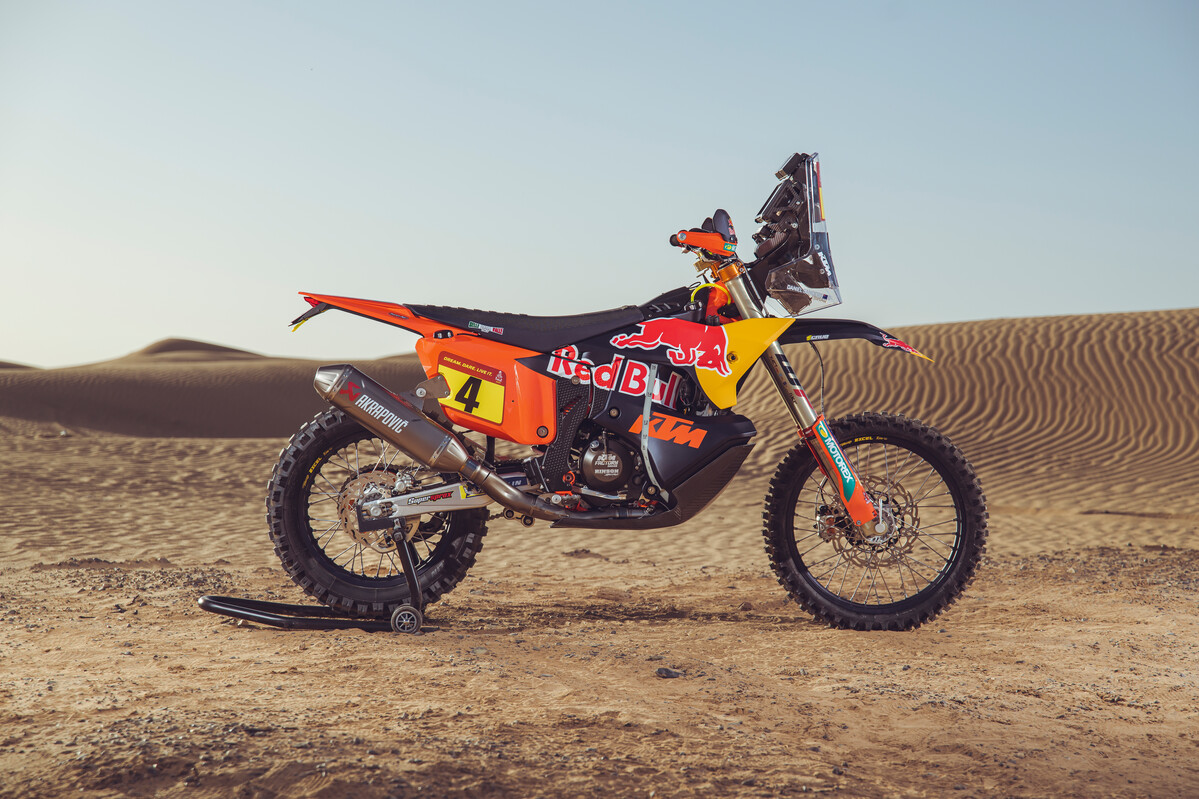
So how much of it was KTM developing the bike and how much of it was you, getting your set-up dialled into rally?
“To be honest, even taking into account the injuries, I was riding the first few years around like 60%. I knew where I was at with my riding. When I won my first round in Sonora in Mexico, everyone was happy, and I was happy I was riding was OK. But I wasn’t riding to my maximum. I was riding I would say 60% and I knew I had so much more potential.
“The team were saying to me, ‘you just won the race’ and I was happy for the team and everyone but we still needed to be better and I knew I wasn’t riding at my peak, I knew I was getting held back.
“It was confusing because you know that year everyone did well, they won the world championship, they went 1,2,3, in the Dakar.”
But it wasn’t coming easy and famously there were also a lot of crashes and injured riders.
“I just wanted to be happy riding a bike and having fun doing my job and I was just having too many scary moments. At Dakar you can’t have these scary moments, you can’t race to your maximum if you don’t have confidence.”
“In the end someone like Sammy [Sunderland] stopped riding because of the confidence he lost in the bike and he’s wasn’t alone in having that many crashes and close moments. Sammy was at the point of his career asking, ‘do I keep pushing on and have more risk?’ or do you say enough and get out while you are healthy? He had a bloody good career and that’s fair enough.”
I had a good schooling. I just needed to figure out how to read a road book to be fast.
So it wasn’t all about rally stages being dangerous or the sport getting too fast, it was a about making the bike more rideable?
“We just needed to polish up a lot of things. I would say the bike was like 70% different to our old one in the end. I knew how much because I still had the old race bike at home to train on as a reference. I knew how much more comfortable I was with that new bike.
“I’ve was also able to bring in my suspension guy who I was using in enduro back home and he helped a lot and definitely got us in the right direction.”
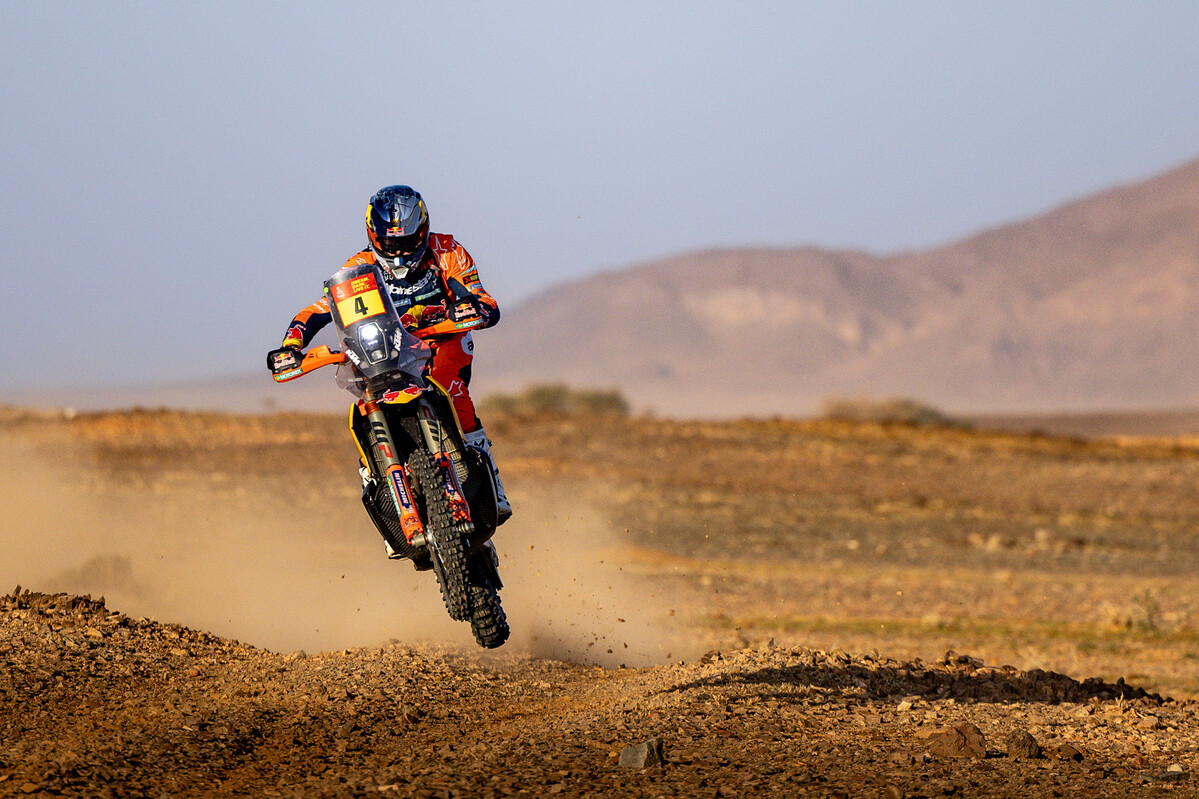
A little tough though for you to come in with so many established and experienced riders in the team and establish yourself?
“I felt like my first year as a rookie I wasn’t going to come in and push back too much. You just want to take it in and learn rally, see what it’s about and learn the sport. And also the pace, what you need in a bike and to learn what you’re up against. You just want to stay calm and take it all in.
“But after the first season or so I was like, right, I’m here to win and need to push for the best bike and the best team around me to get to the best result. I did it in enduro, I’ve been in teams and happy and you get the results with good people.
“When I came to rally and I knew in the back of my head that as long as I get the right people behind me in the team, I can go and be the best. So it’s just all about reconstructing and building that trust and getting the right people around you to believe in you to then go do what I can do.
“That was important and took a couple years but last year was the big game changer with KTM with everything going on in the company. But when they said right, we will make the best bike again, they worked hard to fix the problems.”
So at the base level, what needed fixing?
“I guess we just needed to be stable out there in the desert so we just worked on getting that and getting the power right again. That and getting my suspension guy in WP, he was a big part of it.
“We got four out of four races with it and to be dominating like that it’s a good feeling for the team and myself. When you back yourself like that and get your way, it was pretty cool they all listened to me and it was all on me to do the feedback and all that. Then to go and perform like that and get the results, it’s like the perfect ending.
“It’s unreal the atmosphere now and the team changed with Luciano and Edgar coming in. Everyone’s happy and we are working still making small changes every now and then and still making gains, but we’ve got a really good base. Everyone’s happy.”
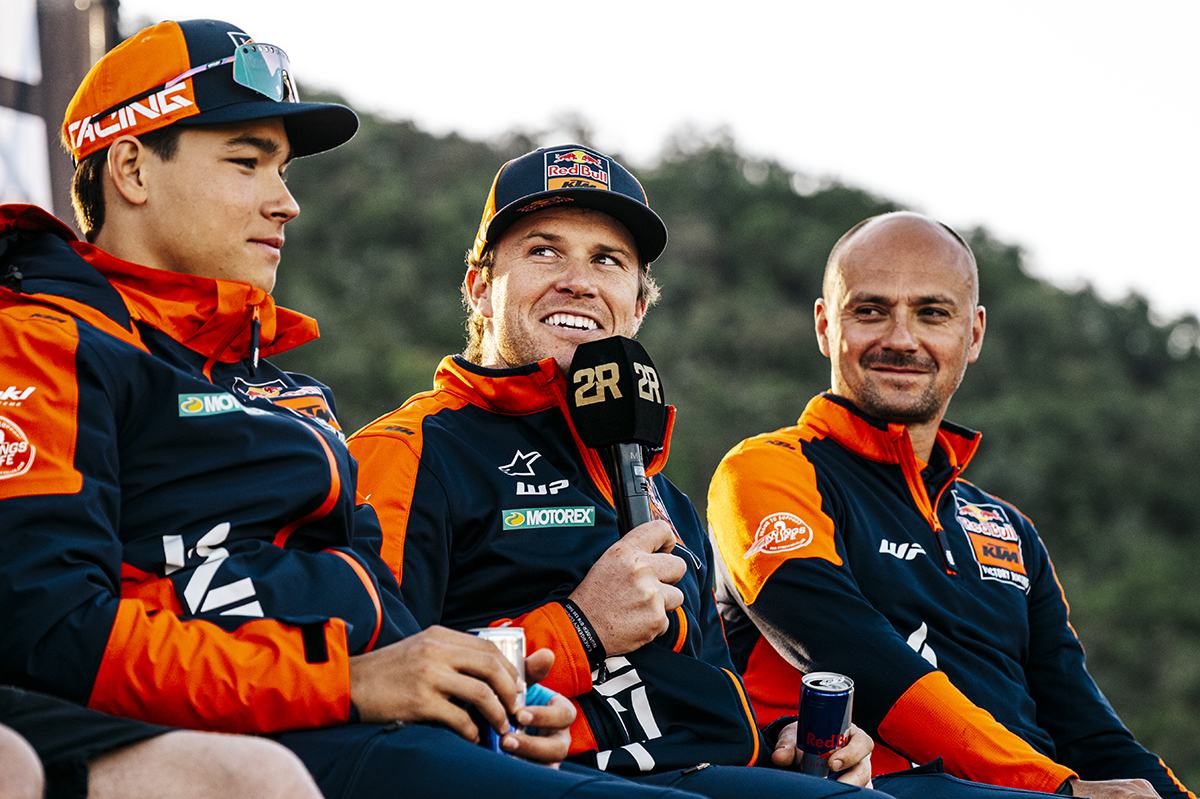
You look like you’re enjoying the riding and the racing, even if it is a tough sport.
“I’m loving riding every day, it’s so nice to ride. It’s fun and because you haven’t got to concentrate on the negatives of the old bike I can go and focus on the road book and just race fast. When you’ve got the best equipment under you just go do what you know you can do and it does come more easy.”
Easier than you expected or did you expect to have the measure of the opposition at the races like you seem to have?
“I think so but I feel like I’m like the best qualified out there with my riding skills and background. I was on top there in enduro before jumping across to rally and I feel like I have a really good background of skill where everyone else is sort of in rally or in one sport.
“I felt like I could lift my game up to how it was in enduro, with my background of different races, some desert racing, I feel like I have had a good schooling. I just needed to figure out how to read a road book to be fast and then I felt I could put the perfect package together as a rally rider.”
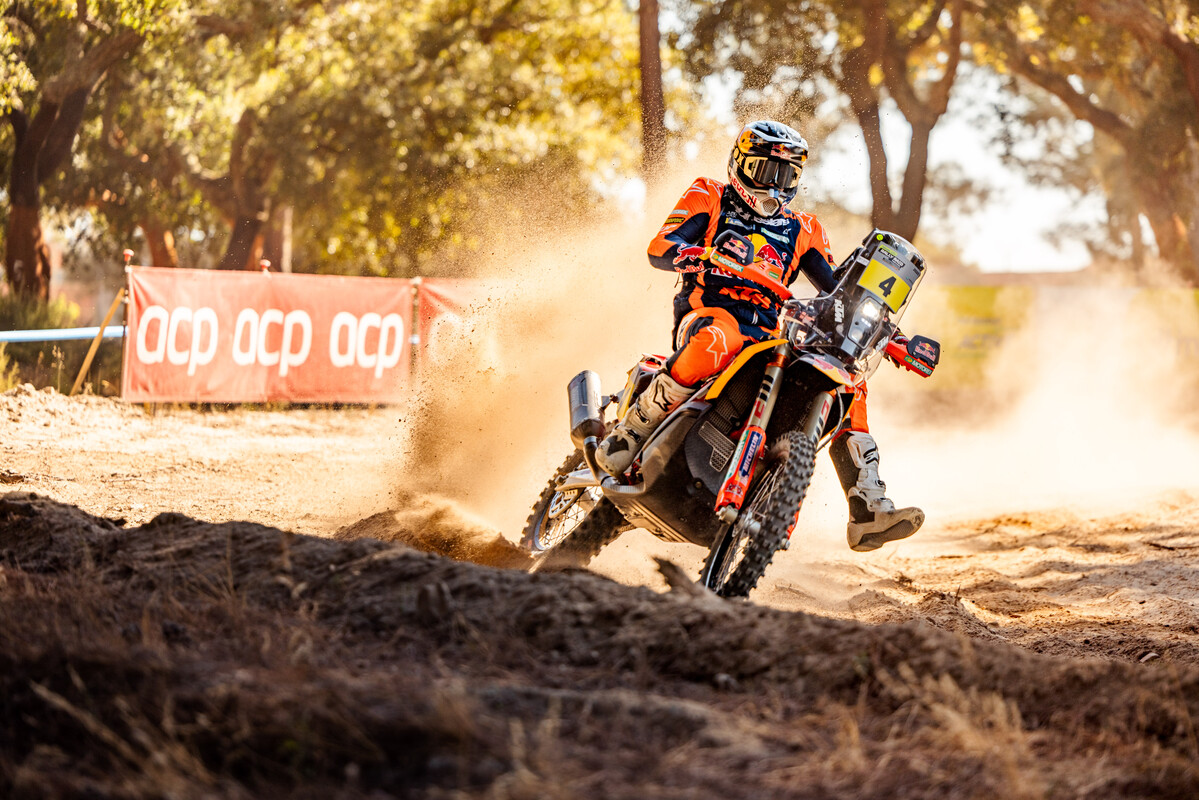
Was it a bit of a cultural shock though, big bikes, higher speeds, did you arrive and change somehow?
“When I first came I felt like rally was like a fast trail ride and I’m not interested in trail riding. I wanted to go everywhere at cross country pace, as fast as I can, every day. If you’re at the back you need to make up time and if you’re at the front you have to go fast to stay ahead. So we’re flat out every day, all the time.”
It’s not that easy to be on such a run like you are, the competition is not shabby so to be so dominant is not normal.
“To do the performances, get these results is pretty crazy. Every other year a rally rider might win a round or two or something, like once a year. It’s always alternating so to be dominant like this is a pretty cool feeling.
“But it’s all the hard work and it doesn’t happen overnight. It’s many years, I’ve been racing 10 years professionally now so to have all that experience from everything I’ve done around the world, learning from people in different sports as well, motocross and supercross riders, learning how those guys work and how the Europeans work and training with those guys, doing all the different disciplines, and then understanding suspension, engines, power delivery, from two-strokes to four-strokes…all that comes together and makes perfect package. The thing is in rally you need all of that because every day something is different.”
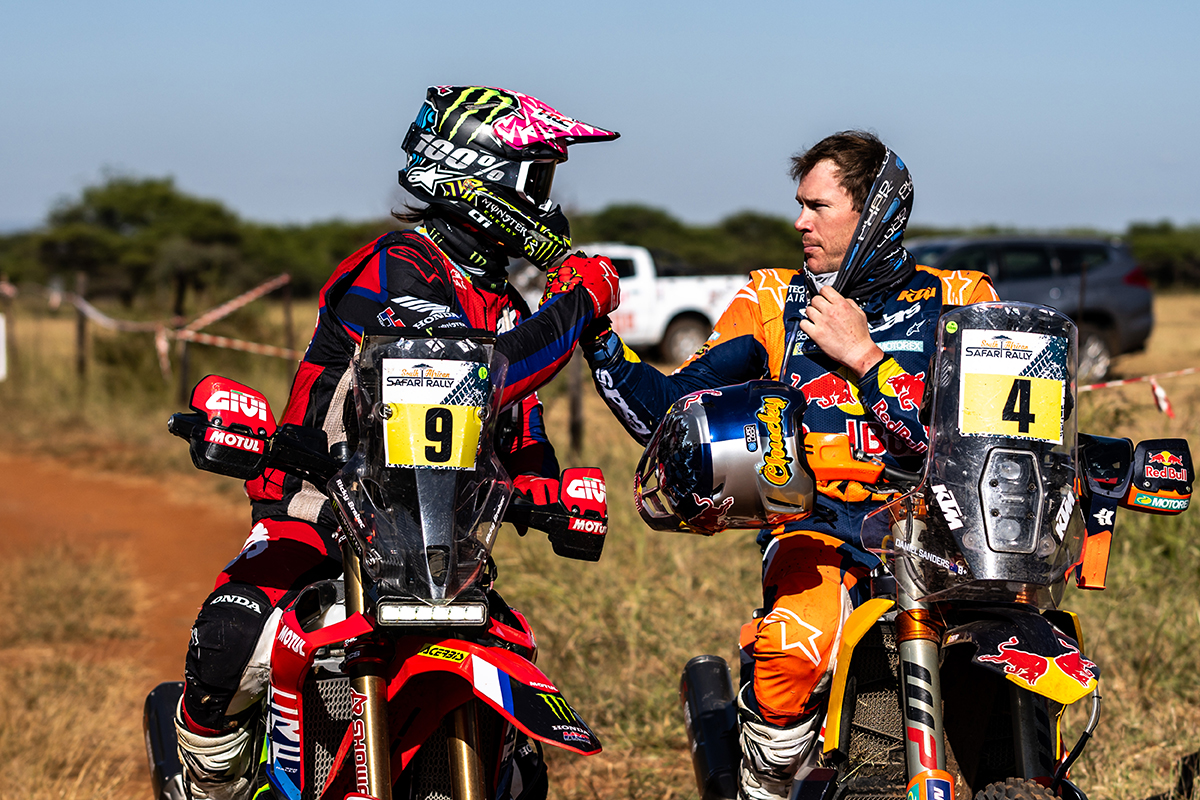
Do you feel then that all of what you did before has led to this or does it feel like enduro was one part of your career and this is part two?
“Your career changes and you adapt but I did everything in enduro and I won desert races, and obviously won the Six Days so I sort of ticked everything off.
“I didn’t want to come back to EnduroGP because I just didn’t like the lifestyle in Europe and the way the championship was going.
“Then in COVID nothing was happening back home so I was either going to do some GNCC or rally and that opening came in rally.”
It was a bit of a time of change too we guess, but did you enjoy it straight away?
“I didn’t think I was going to enjoy it as much as I did. I seriously didn’t ‘cause I hate trail riding…I don’t like cruising around and going slow. I like motos sprints and chasing the time. Pushing, pushing, pushing from start to finish.
“Rally wasn’t like that and I didn’t know if I would like it because it wasn’t racing full gas the whole time. The fastest guy doesn’t always win either.
“I knew I needed to learn the road book and then I could ride as fast as I can and now I’ve got that rhythm right, it’s fun.
“It’s a challenge to see how fast I can go. I’m opening the road book and still being faster than the other guys behind me and that’s like the win for me.”
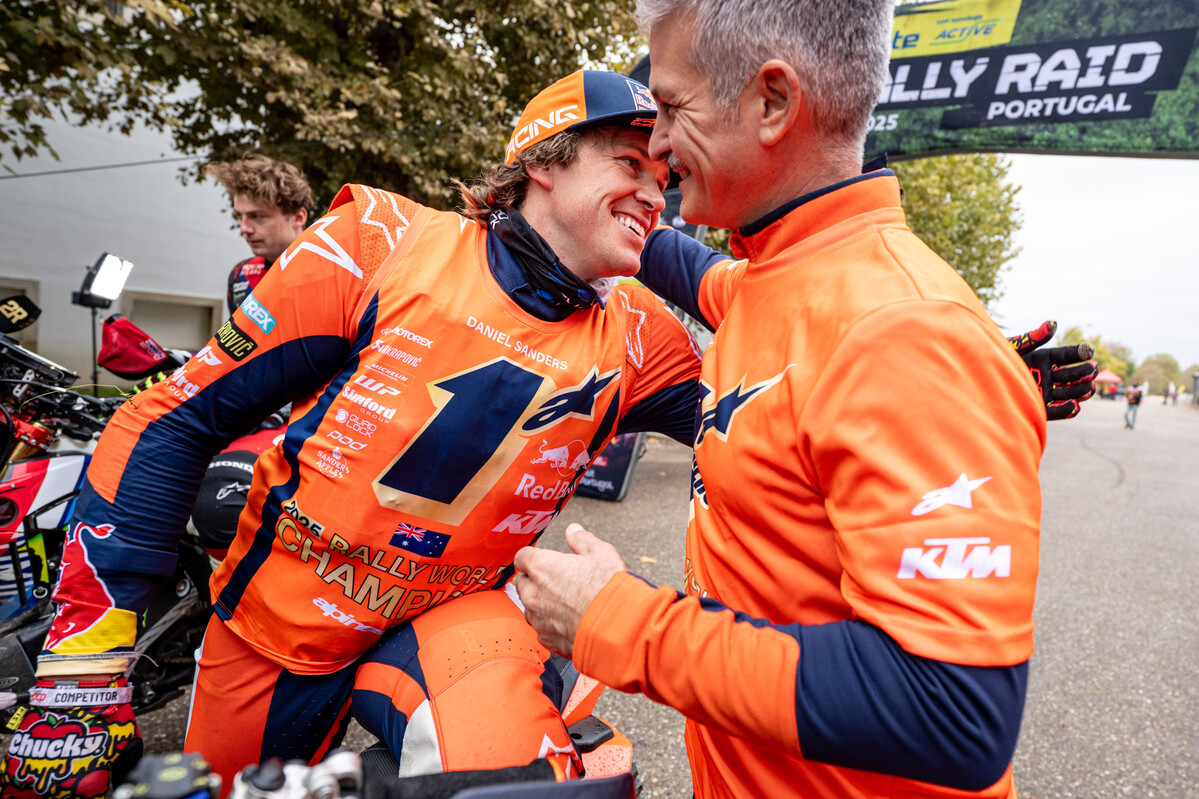
That wasn’t happening before so much, if at all.
“No. When I first started training with Jordi Villadoms [former Dakar racer for KTM who remains part of the team and also trains riders in roadbook and navigation] and he was teaching us how to read the road book, I said I want to change rally.
“I wanna race and to be the guy who wins from the front. You can’t do it every day in the dunes, it is impossible. But I wanted to do something new and meet the challenge over 14 days to race for all those hours for all those days.
“That’s the challenge of the Six Days: tough and demanding and now it’s 14 days. That thing of getting up at 4am in the morning is not fun but that’s the challenge as well, it’s testing your brain like your body everything it just makes you stronger and I love that challenge.”
Photo Credit: A.S.O. Edo Photo + Marcin Kin + Future7Media

